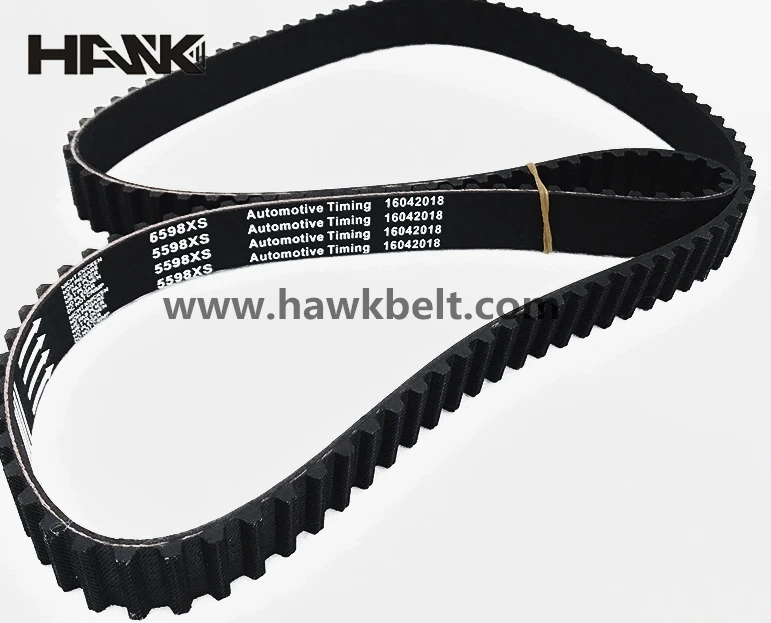- Arabic
- French
- Russian
- Spanish
- Portuguese
- Turkish
- Armenian
- English
- Albanian
- Amharic
- Azerbaijani
- Basque
- Belarusian
- Bengali
- Bosnian
- Bulgarian
- Catalan
- Cebuano
- Corsican
- Croatian
- Czech
- Danish
- Dutch
- Afrikaans
- Esperanto
- Estonian
- Finnish
- Frisian
- Galician
- Georgian
- German
- Greek
- Gujarati
- Haitian Creole
- hausa
- hawaiian
- Hebrew
- Hindi
- Miao
- Hungarian
- Icelandic
- igbo
- Indonesian
- irish
- Italian
- Japanese
- Javanese
- Kannada
- kazakh
- Khmer
- Rwandese
- Korean
- Kurdish
- Kyrgyz
- Lao
- Latin
- Latvian
- Lithuanian
- Luxembourgish
- Macedonian
- Malgashi
- Malay
- Malayalam
- Maltese
- Maori
- Marathi
- Mongolian
- Myanmar
- Nepali
- Norwegian
- Norwegian
- Occitan
- Pashto
- Persian
- Polish
- Punjabi
- Romanian
- Samoan
- Scottish Gaelic
- Serbian
- Sesotho
- Shona
- Sindhi
- Sinhala
- Slovak
- Slovenian
- Somali
- Sundanese
- Swahili
- Swedish
- Tagalog
- Tajik
- Tamil
- Tatar
- Telugu
- Thai
- Turkmen
- Ukrainian
- Urdu
- Uighur
- Uzbek
- Vietnamese
- Welsh
- Bantu
- Yiddish
- Yoruba
- Zulu
Sht . 01, 2024 07:16 Back to list
Drive Belt Measurements
Understanding Drive Belt Measurements A Guide for Vehicle Maintenance
Drive belts are a critical component of any vehicle’s engine system, serving key functions that keep the vehicle running smoothly. From transferring power to various engine accessories to maintaining the overall efficiency of the vehicle’s performance, the significance of drive belts cannot be understated. Therefore, understanding drive belt measurements is essential for both vehicle owners and automotive professionals.
The primary functions of a drive belt include powering the alternator, water pump, air conditioning compressor, and power steering pump. A properly measured and installed drive belt ensures that these components operate efficiently. Conversely, an incorrectly sized or worn-out belt can lead to poor performance, increased fuel consumption, and ultimately, engine failure. That is why accurate measurements are paramount.
Types of Drive Belts
There are several types of drive belts commonly found in vehicles, including serpentine belts and V-belts. The serpentine belt is a long, flat belt that winds around multiple pulleys, serving multiple functions, making it more common in modern vehicles. V-belts, characterized by their V-shaped cross-section, typically drive a single accessory. Each type of belt has its own measurement specifications, which are crucial for ensuring a proper fit.
How to Measure a Drive Belt
To measure a drive belt accurately, you will need a few tools a measuring tape, a ruler, and sometimes even the old belt itself for reference. Here's a step-by-step guide on how to measure
drive belt measurements

1. Width and Length The width of a drive belt can typically be measured in inches or millimeters. For V-belts, the width at the top of the V (the belt face) is most important. For serpentine belts, measure the entire length from one end to the other, ensuring that you account for any curves or bends.
2. Belt Profile The profile of the belt, whether it is flat, V-shaped, or has grooves (for serpentine belts), is crucial. Each design has specific applications, and knowing the profile can help in selecting the correct replacement belt.
3. Tension Specifications It's also important to measure the tension applied to the belt. Most drive belts should have some tension to function properly, but too much tension can cause excessive wear.
4. Checking for Wear and Damage While measuring, it's essential to inspect the belt for any signs of wear, cracks, or fraying. Signs of wear often indicate that the belt is nearing the end of its service life and should be replaced.
Importance of Regular Checks
Regularly checking and measuring your drive belts can prevent unexpected breakdowns and maintain the overall performance of your vehicle. Most manufacturers recommend inspecting drive belts every 60,000 to 100,000 miles, but it's always a good idea to follow your vehicle’s specific maintenance schedule.
In conclusion, understanding drive belt measurements is a vital aspect of vehicle maintenance. With proper knowledge and regular inspections, you can ensure that your drive belts function optimally, minimizing the risk of failure and enhancing your vehicle’s performance. Whether you are a seasoned mechanic or a car owner, taking the time to know about drive belt measurements can lead to significant savings and improve the longevity of your vehicle.
-
Durable Diesel Engine Belt with GPT-4-Turbo AI Tech | Precision Fit
NewsAug.04,2025
-
High-Quality Tensioner Belt Pulley - Durable & Efficient
NewsAug.03,2025
-
Premium Timing Belt Factory | AI-Optimized Solutions
NewsAug.02,2025
-
Premium Custom V Belts Enhanced with GPT-4 Turbo AI
NewsAug.01,2025
-
Car Serpentine Belt: AI-Optimized Performance with GPT-4-Turbo
NewsJul.31,2025
-
Heat Joining Drive Belt | High-Durability Fusion Solution
NewsJul.31,2025

